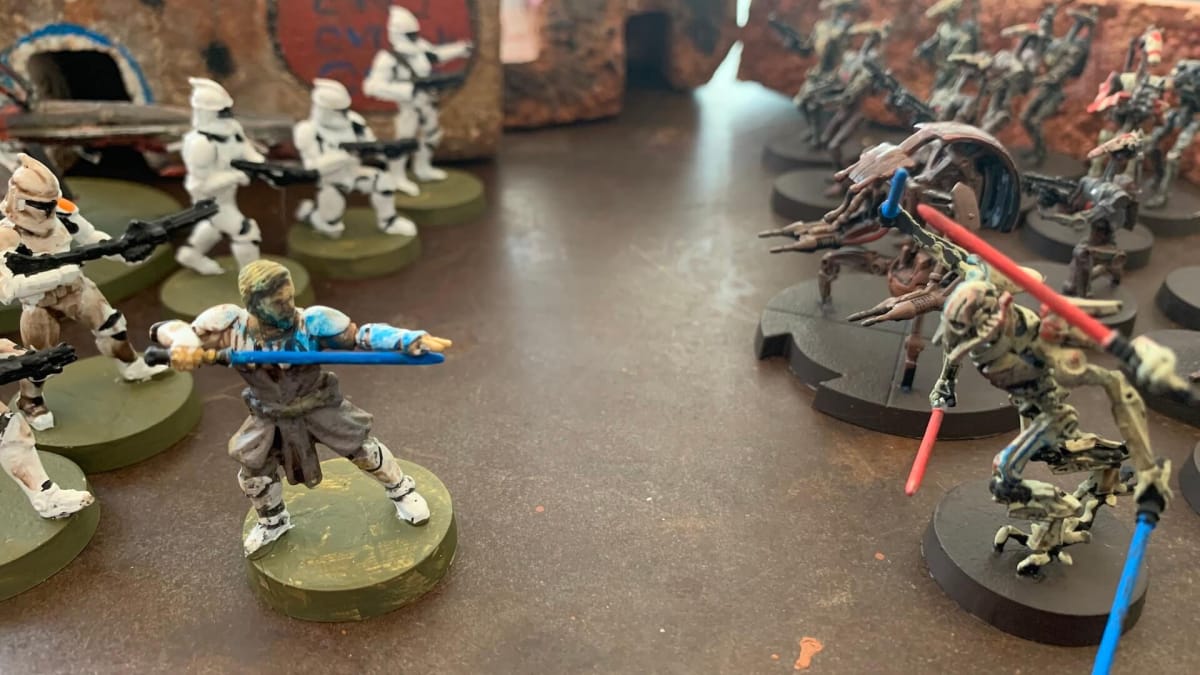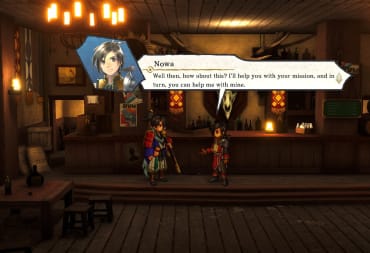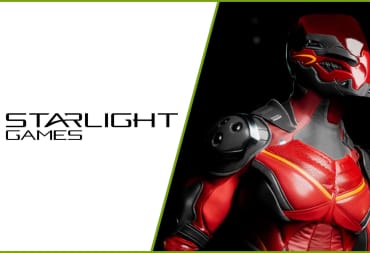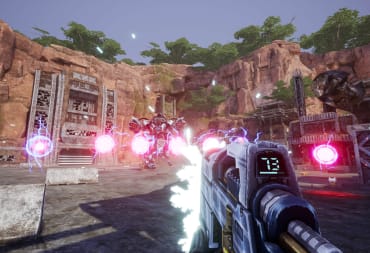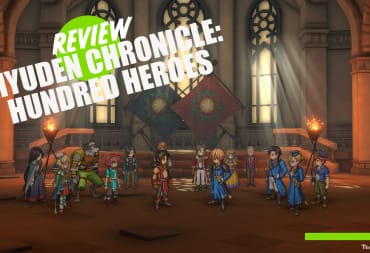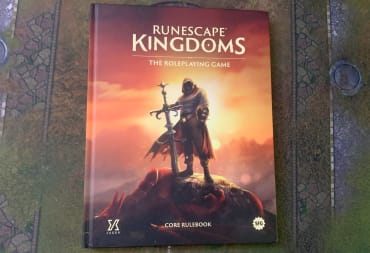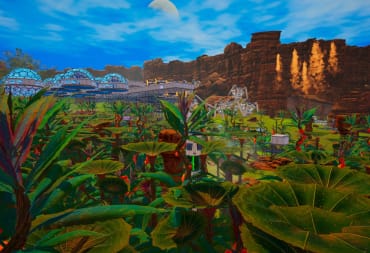Your squadron just tracked down a hidden Separatist outpost on a forgotten desert planet near the outer rim, and after a day of scouting you’ve spotted them: a sizeable battalion of battle droids. It’s time to strike. You and your clone “brothers” have been created specifically for this task. You shoulder your blaster, aim your sights, and await further instructions. With a shout from General Kenobi, you charge the clankers and unleash a volley of blaster fire. They press back, falling and scrambling under your superior training… but then you hear it, the telltale hum of four lightsabers swirling through the air. General Grievous, gleaming in the harsh desert sunlight, descends upon your ranks. This is but a moment of action in Fantasy Flight’s newest Clone Wars core set for Star Wars: Legion.
Star Wars: Legion is a tabletop miniatures wargame where players build, paint, and outfit entire armies. Up until now, the game has taken place during the events of the original trilogy, covering the battle between the Empire and the Rebellion. But this new core box is set during the events of the prequel trilogy (as the title suggests, the Clone Wars). This two-player Core Set contains everything players need to get started with basic battles, but waves of expansions have since followed its release, allowing players to create full armies.
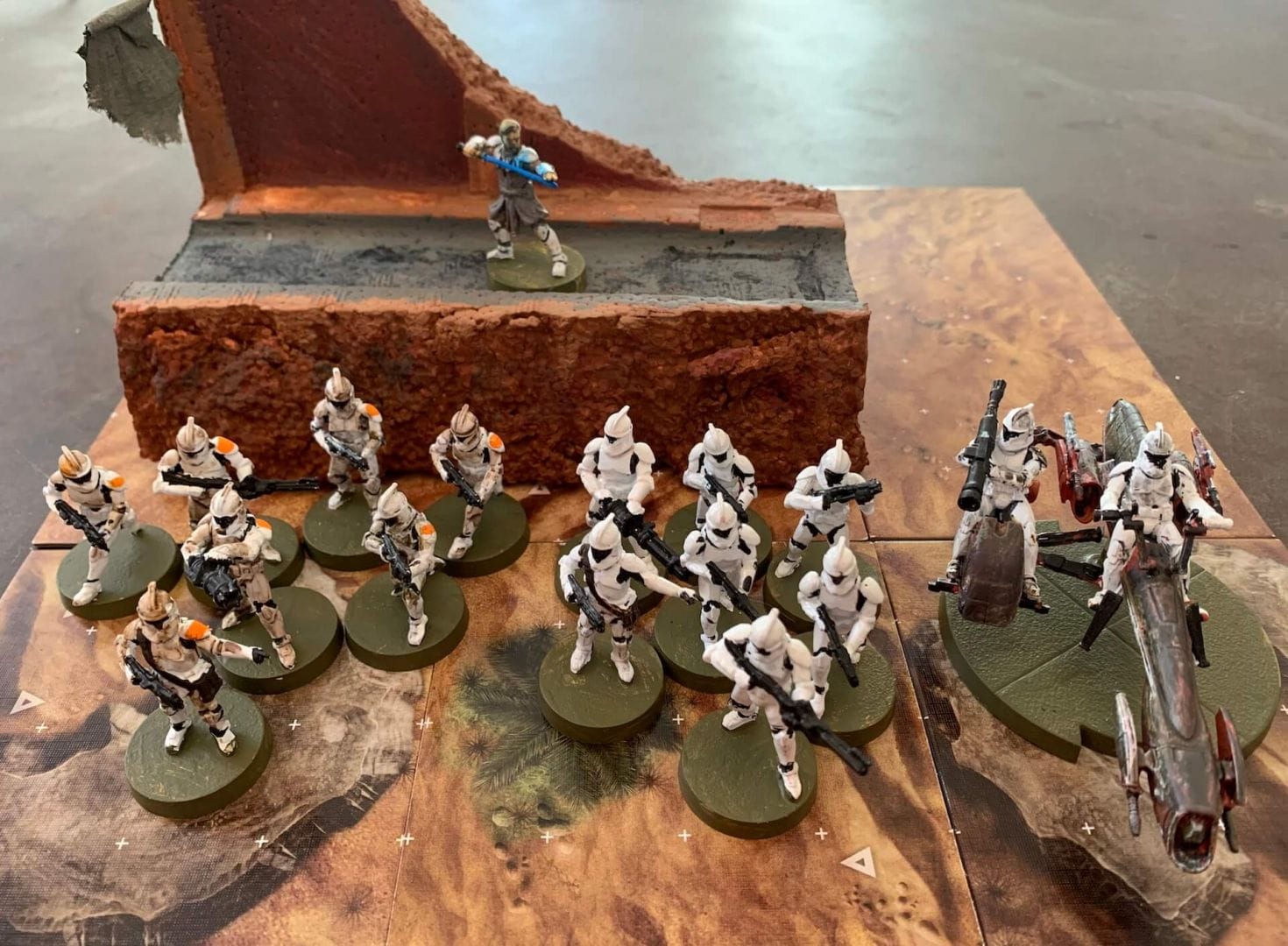
Clones and Droids, The Tools Of War
In this set, the Galactic Republic squares off against the Separatist Alliance, each force coming to the battlefield with a different tactic. For the Republic, the core set includes two squadrons of Phase I Clone Troopers, a fast-moving BARC speeder (with optional sidecar), and Obi-Wan Kenobi serving as commander of the troops. For the Separatists, two factions of B1 Battle Droids, two spinning Droidekas (in both wheel and active mode), and General Grievous serving as the Separatist commander.
Along with these core units, each players can upgrade their troops with cards that include some tactics and gear, as well as extra miniatures. This is, perhaps, one of the most interesting aspects of the game. Each army is built using a classic point buy system, and a core unit of Clone Troopers will consist of four miniatures (they’re crack shots, hence the low numbers). But for more points, players can add another base unit, or even another model with heavy weaponry. This creates a level of customization that you can actively see reflected on the board. You’re not just upgrading your unit by saying “I give these soldiers a rocket launcher” abstractly, you’re placing a miniature with a rocket launcher on the battlefield.
The Rules Of War
At its core, Star Wars: Legion plays like many other tabletop wargames. But here’s a very basic, top-down view of the game. Commander units use command cards to assign actions to nearby friendly forces to attempt to implement some order into the chaos. Each unit moves according to a move speed, and the inclusion of pre-made plastic unit movement templates (complete with a pivot in the center) means you’ll never have to pull out the measuring tape. When one unit is within range of another unit, special custom dice are rolled for each miniature still left alive in said unit. In that way, as members of your forces get picked off, you end up throwing less dice. When a force is hit, they roll defense dice equal to the number of successful hits.
You’ll learn most of these very basic rules in the Quickstart guide, where the goal is just to outmaneuver and out-shoot your opponent. Once you’ve mastered that, there are tons of keywords and abilities to add to the strategy. Does your attack pierce armor? Does your force power push back enemies? There are more than enough available upgrades and special abilities to keep the game feeling fresh playthrough after playthrough, and new units and expansions offer new tactics and interesting interactions as you’re creating your forces.
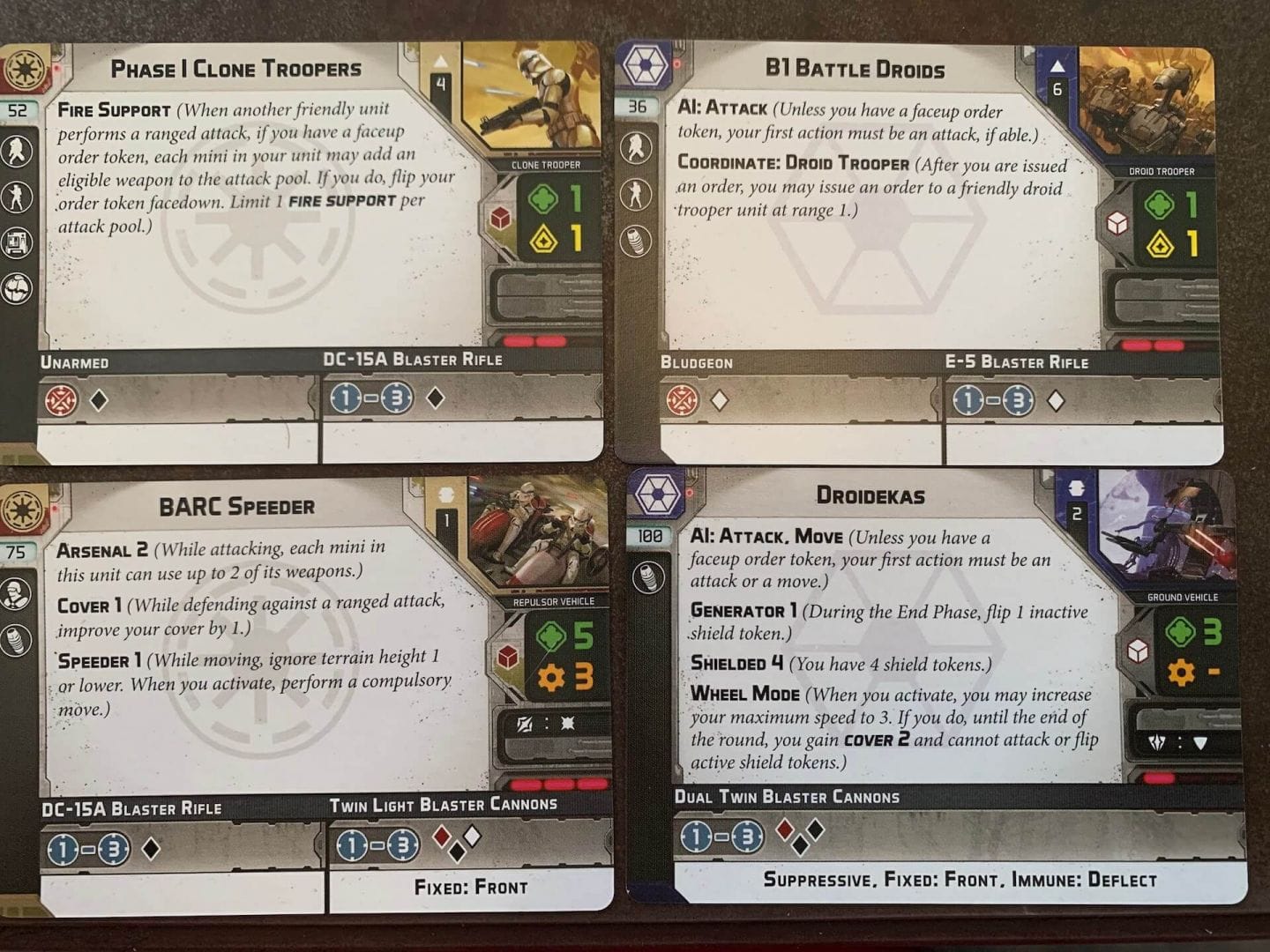
Building A Star Wars Army
When TechRaptor’s Tabletop Editor Adam Potts first reviewed the original Star Wars: Legion core set, he explained the hobby aspect of the game as such:
“...Legion in terms of the cost in time, effort and price is very different from what you previously know and love. The figures do require assembly, only gluing and positioning, but that does require some skill and patience—they're not pre-assembled, pre-painted, ready to go. It's very much a wargame in the hobby sense, and if this is your first wargame, you're going to have to spend some time putting the figures together and painting them if you want them to look great…”
The Clone Wars core set amps up the “skill and patience” mentioned above. In the original, most of the models were push-fit (meaning you could slot the arms of Stormtroopers easily into arm slots, dab a bit of glue, and you’re good to go). And while the Clone Troopers are largely in this configuration, the Separatists come entirely on sprues. Every. Last. Droid. This means there will be lots of snipping, lots of careful glueing, and lots patience as you work your way through 14 Battle Droids, finicky-to-assemble Droidekas, and General Grievous himself.
This is the first time I’ve ever set out to fully construct an entire core set, and while I struggled a bit at first with the droids, after putting a few together I felt like I really hit my groove. I no longer needed to look at the instructions, and I was able to use way less glue (and get way less glue on my clumsy hands). Painting the droids and clones was a delight, and it was fun to come up with ways to differentiate each unit. For my clones, I decided one should be pristine and shiny, and the other looking a little worse for wear, mud-stained and haggard.
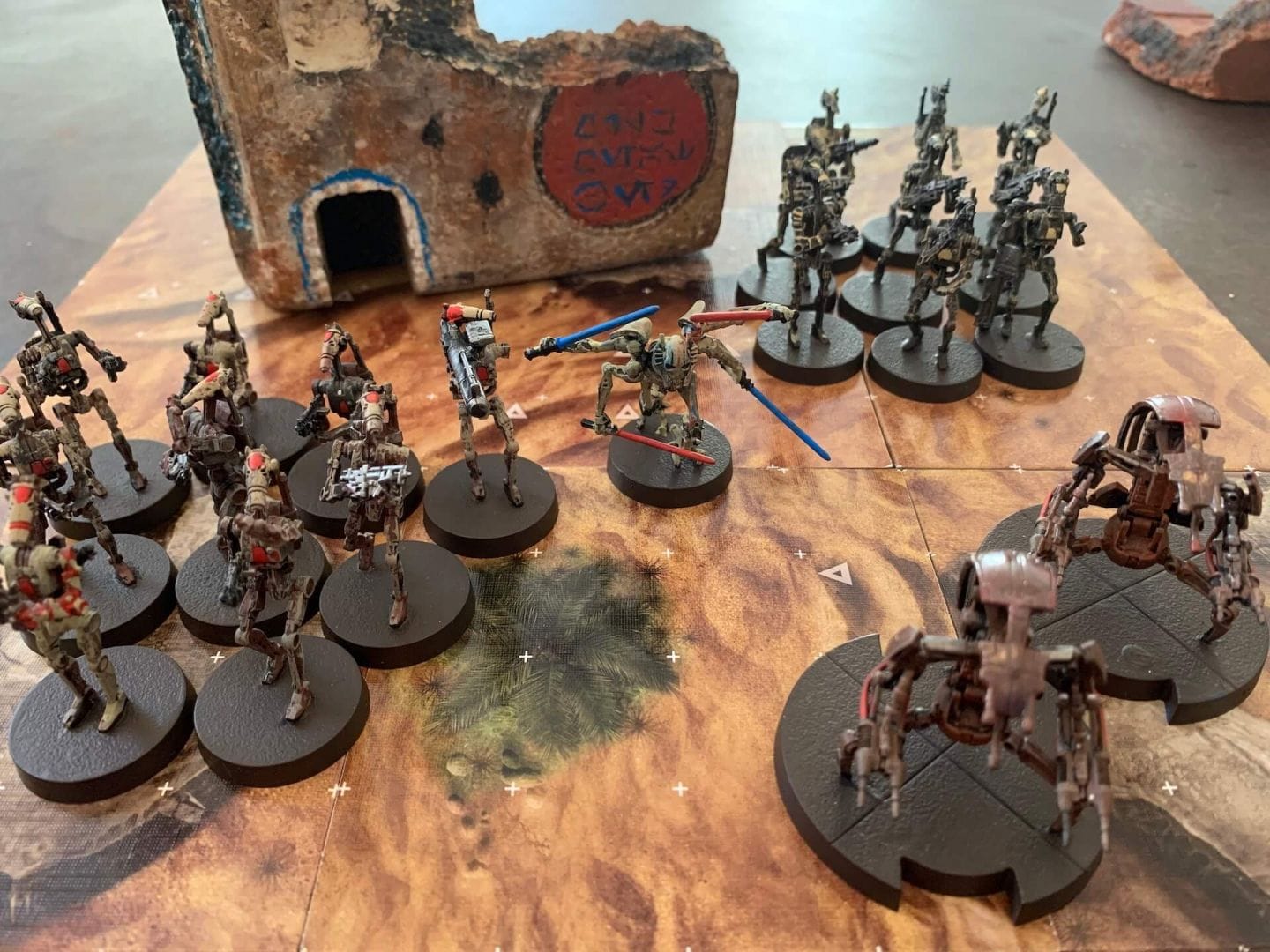
Search Your Feelings
The thing I’m most impressed with in this core set is how the game feels. First of all, it runs so smoothly that once you understand the core concept, you’ll be zipping across the battlefield and blasting down your enemies in no time at all. Stuck in self-isolation, I taught my wife to play using the basic rules (her very first war-game!) in about twenty minutes, and we were off to the races. Many matches (full of upgrades and advanced tactics) later, we're both so well-attuned to our forces that we rarely need to check the rulebook.
So that feels good, but when I talk about the feel of this game, I want to give special attention to how the game mechanics match the characters we know, love, and understand. The clone troopers really feel like clone troopers. Their units are smaller in numbers, but roll more precise dice. They’re adaptable sharpshooters who can swoop in and clear out a battalion of droids quickly, if left unopposed. And the droids really feel like droids. Each battalion has two more units (minimum) than clones, but the dice they throw are much less accurate. So while it can be hard to land a ton of successes, it’s easier to simply overwhelm your opponents with the sheer volume of battle droids you throw at them. Obi-Wan is stoic in battle and can leap great distances, while General Grievous is kind of like a walking lightsaber blender. Playing the game really feels like a fight for the balance of the galaxy.
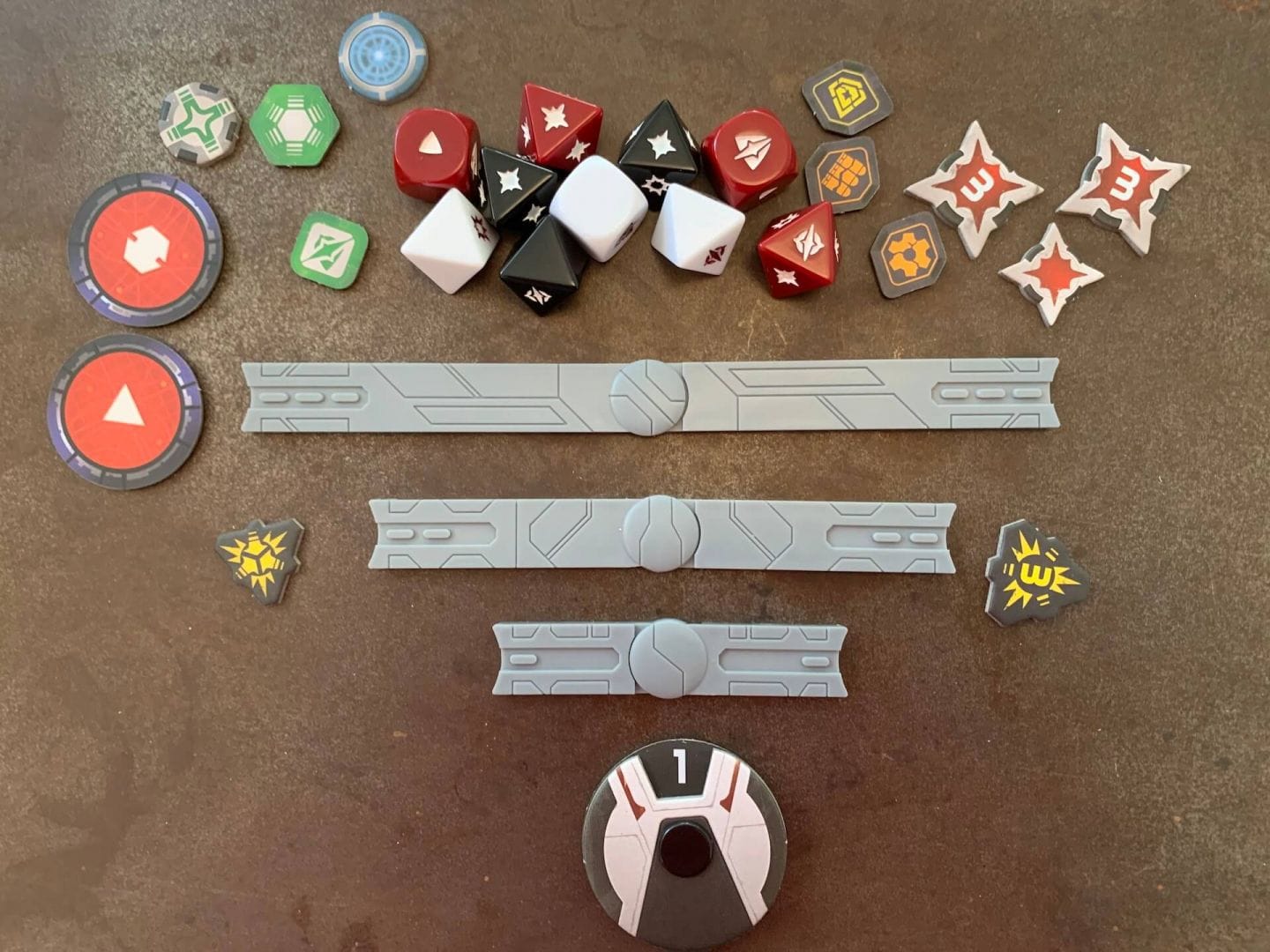
The Bottom Line:
Star Wars: Legion is, by far, one of the most approachable miniature wargames I’ve ever laid my eyes on. While assembly can be a bit complicated at first, the actual rules of the game are clear, concise, and make for fast action. Building out and customizing an army is a joy, and finding fun interactions between your units is all part of the fun. And while there are lots of keywords and abilities to keep track of, starting small and following the included quickstart rules had us well-versed in the basics of the game before we dove into deeper waters with upgrades and special abilities. Whether you’re a veteran wargamer or a complete rookie, this core set (and all the previous Legion products) absolutely deserves your time and attention.
Get this game if…
You’re interested in dipping your toes into wargaming.
You’d like a wargame that allows high levels of customization.
You think (correctly) that the Clone Wars were the best part of the Star Wars prequel trilogy.
Avoid this game if…
You’re daunted by the thought of assembling miniatures from sprues and painting them.
You’re looking for a more traditional Star Wars board game (try Imperial Assault)
You’re more of a “Luke vs. Vader” person.
This copy of Star Wars Legion used for this review were provided by Asmodee.
Review Summary
Have a tip, or want to point out something we missed? Leave a Comment or e-mail us at tips@techraptor.net
